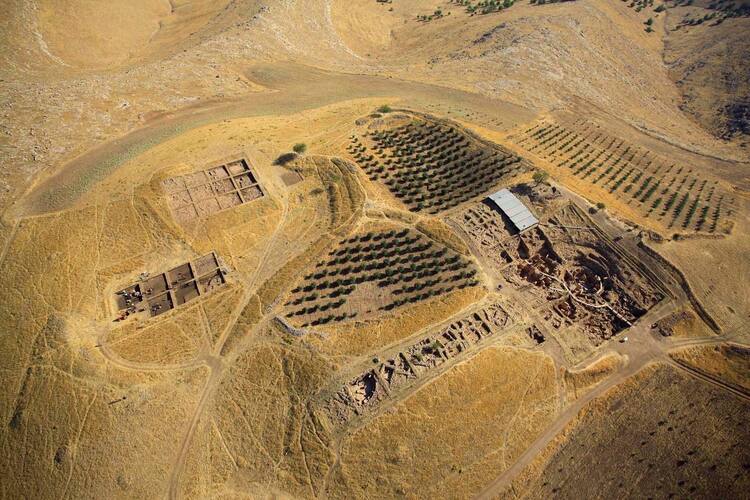What Is Gobekli Tepe?
The discovery of Gobekli Tepe put the entire human history in question. Other findings of the ancient world boggle our minds sometimes, but a site with precision and magnitude such as the Gobekli Tepe proves the existence of humankind before anything else. Local shepherd discovered enormous megaliths in the 90s, weighing about 10 tons and standing more than 15 feet high. Now, scientists have established that the site is more than 11,000 years old.
What is Gobekli Tepe?
Gobekli Tepe is an archeological site in Urfa, in Turkey, near the border with Syria. Klaus Schmidt, a German archaeologist, discovered the site in 1994 after it was buried for about 10,000 years. The most fantastic feature of this site is the level of detail and technique in the sculptures and intricate carvings. The impressive carved limestones depict animals of the world, including snakes, bears, birds, and foxes. Apparently, the carvings were made just before the Ice Age, when agriculture, tools, or wheels were unheard of. However, Gobekli Tepe appears with detailed architecture, advanced technology, and astronomically aligned with the cardinal directions. The superb preservation of the site for such a long period, gifts us with epic proportions given that it lies in the very trace of civilization.
The most notable features in the site were the T-shaped megaliths that stand almost 20 feet high crafted with clothing, arms, and hands. Besides, the towers face each other in a circular arrangement convincing Schmidt that it was a religious site and dubbed it the World’s Earliest Temple. Schmidt arrived at this conclusion since he discovered no human remains, tools, or utensils to prove that people lived there. Only the buried structures stand in the extensive desert in Southern Turkey.
Who Built the Gobekli Tepe?
Since no traces of human remains were found on the site, it would be hard to prove that Gobekli Tepe was a settlement site. Therefore, the people who built it were most likely from other world regions. In addition, the dating of this construction indicates that the activities happened during the early days of civilization when nomads hunted and gathered fruits. But how did these nomads master such sophisticated skill, or was there an external force that inspired their craftsmanship?
Historians and archaeologists suggest that there must have been an external influence that helped the humans master such masonry and craft. The technical transfer either descended from the heavens or civilization not recorded by history. All these are the wonders that surround the inquisitions about Gobekli Tepe.
The Biblical Concept in Gobekli Tepe
Since the site seems to counter the records available in history, researchers have now turned to mythology as a valid inquiry line. Varying theories associate the creation of Gobekli Tepe with the Nephilim, Atlantis, and the Garden of Aden. Andrew Collins cites the establishment as influenced by the Watchers who guarded the Garden of Aden, (Current Urfa) which is few miles from Gobekli Tepe. The watchers are Angels discussed in the omitted biblical book of Enoch.
Collins suggests that the Watchers came to help humanity with art and knowledge and hence the significant advancement in carvings found on the site since it appears in the same period. Besides, Collins suggests that the animals depicted in the carvings could be animals seen in Noah’s Ark as Gobekli Tepe lies 300 miles from the site where the Ark rests. The temple itself could be a legacy left to help us understand creatures present in that era. It’s worth noting that Gobekli Tepe was buried intentionally, creating a pastoral landscape, hence the Turkish name for “potbelly hill.”
Interesting questions about the existence and discovery of the Gobekli Tepe archaeological site still linger, making the discovery one of the most interesting yet. The numerous questions on how the site was built and buried mean that we’re far from understanding the history of the world we inhabit. The only conclusion from the Gobekli Tepe is that there existed highly advanced people before us. Moreover, the site opens numerous suggestions on all the possibilities for researchers passionate about ancient wisdom and past lives. Gobekli Tepe grants us the permission to re-examine history and dream away.

